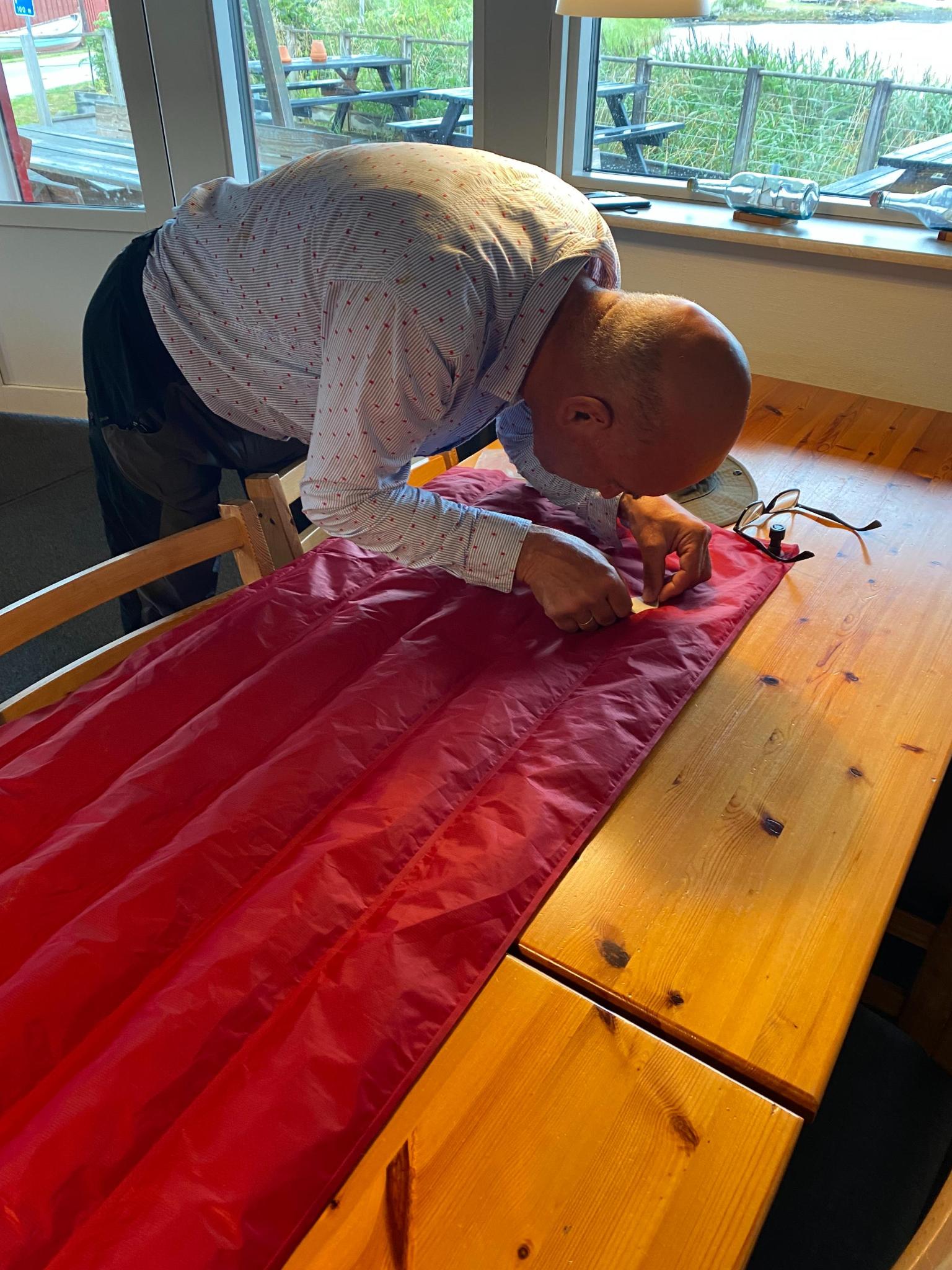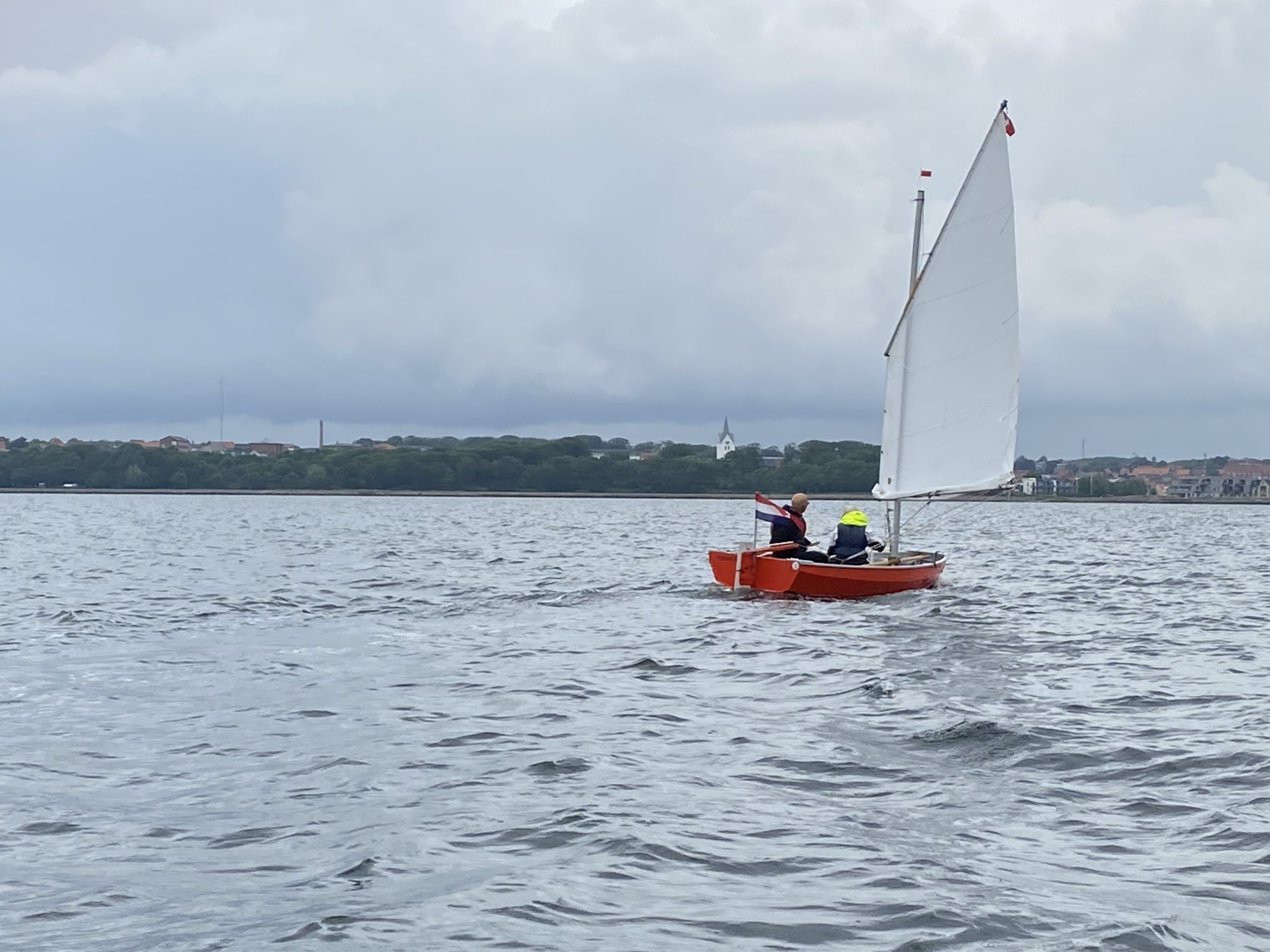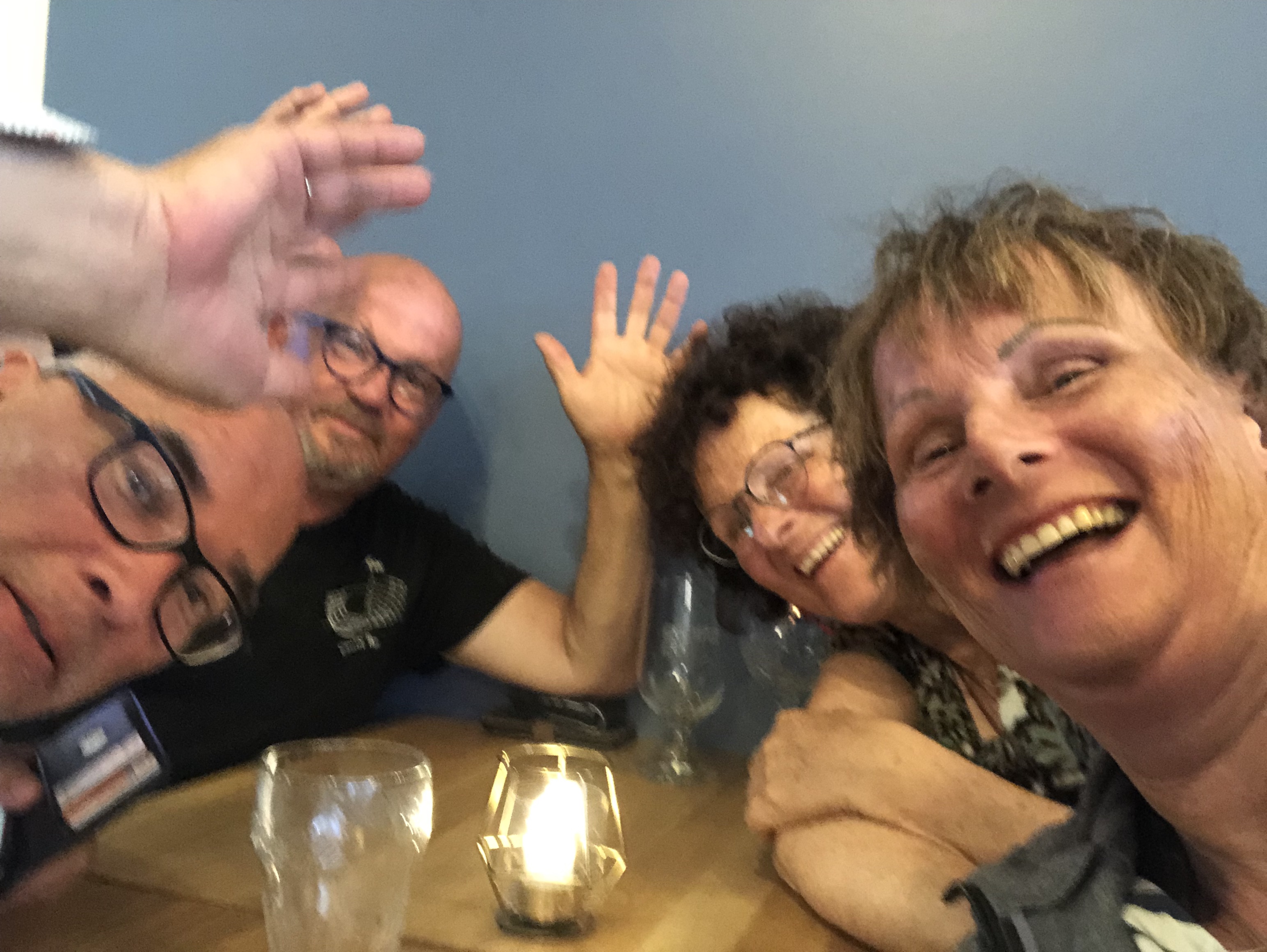
A 15ft Pram for Dinghy Cruising
20180625
20180626
20180627
20180628
20180629
20180902
20180915
20181014
20190208
20190422
20190510
20190511
20190512
20190525
20190601
20190803
20190804
20190805
20190807
20190811
20190819
20190820
20190821
20190822
20190823
20190828
20190908
20190922
20200216
20200603
20200612
20200712
20200718
20200719
20200727
20200822
20200905
20200910
20200911
20200912
20200913
20200920
20210305
20210509
20210724
20210905
20210912
20211003
20220430
20220508
20220603
20220618
20220821
20220828
20220904
20220911
20221009
20230423
20230520
20230528
20230625
20230805
20230806
20230810
20230903
20230906
20230910
20230911
20231001
20231008
20240423
20240515
20240603
20240614
20240623
20240710
20240714
20240716
20240720
20240723
20240725
20240726
20240727
20240730
20240908
20240915
20240929
20241007
20241019
20241021
20241110
20250420
20250421
20250422
20250428
20250504
20250505
20250622
20250630
20250707
20250716
20250717
20250718
20250719
20250720
20250721
20250724
20250725
20250825
20250907
20250910
<<
>>
20250721 |
Limfjord Sailing Day 5:Doverodde to ThistedThe weather forecasts were not good: one prediction was for 26mm rain on Monday and 6mm on Tuesday and another predicted 6mm on Monday and 27mm on Tuesday. Both forecasts agreed after the rain, there would be lots of wind. So we decided to sail to Vilsund, use public transport to retrieve our cars and trailers from Struer and drive back home.
In the morning Klarie and I walked to the sailing club to make breakfast and to repair the puncture in my air mattress.
Since I had foolishly forgotten to bring my repair kit, I was very glad that Vincent kindly lent me his kit.
Soon after Vincent and Inge arrived Casper Olesen made his appearance at the sailing club. He was very pleased with the watercolour that Vincent had given him of his sjekte in Doverodde harbour. A man of many trades, Casper is also in the business of buying, selling and restoring traditional Danish fishing boats. Apparently the Limfjord used to be home to over 20 different sjektes which were used for fishing. But the sjektes are no longer used for fishing and the fish have largely disappeared from the polluted waters of the Limfjord. By restoring sjektes and selling them on, Casper hopes to keep the traditions of these boats alive. After coffee we followed Casper into the harbour to admire two of 'his' sjektes with their distinctive double-ended hulls and sprit rigs. Only traditional materials are used on these real workboats. For example linseed on the decks and linseed and Stockholm tar to conserve the insides. Casper showed the rings made from cow horns around the forestay to hoist the jibs. Fascinating to see how farm life and fishing go together on these boats.
Casper recognized Hatseflats immediately as a Norwegian pram and said that
these seaworthy boats are still used in northern Denmark for fishing from the beach.
An hour later we were sailing through the Nees Sund heading for the marina at Vilsund. After we crossed the ferry the fjord widened into Visby Bredning. We sailed in close company with Aries. Wearing our oilies we were not too bothered by the rain but we were watchful on this great expanse of water. Once past Dragstrup Vig, the fjord narrowed and we felt safe again. We were now closing in on the bridge at Vilsund, where we saw about 20 seals on the beach going for a swim. Since we were making good time, Klarie called Vincent on the radio to propose to continue to Thisted. Vincent agreed and called Vilsund Bridge to open for the two small Dutch sailboats. After Vilsund Bridge we battled with breaking waves rolling in across Thisted Bredning. We were hobbyhorsing along without enough wind to power through the waves. I put Hatseflats on a broad reach to quickly get out of the waves. Then I we headed towards Thisted once more. We were lucky that the wind had shifted and we were now on a run towards our destination. The clouds cleared and we could see Thisted and the channel to the harbour.
In the harbour we found a spot for our boats between two gin palaces.
We managed to put our boat tents up before it started to rain and then went to a fish restaurant to celebrate our trip. Afterwards we walked by the railway station to find out the departure times for the trains to Struer. In the night, it rained for hours on end but I only woke when the waves came and jerked Hatseflats around. I raised the daggerboard as high as I could. The motions became softer and I drifted back to sleep. In the morning we took the train to Struer and drove our cars and trailers to Thisted through the rain. It was dry when we took off the boat tents and retrieved our boats from Thisted harbour. We went to nearby McDonalds for a last coffee and concluded our trip. Distance: 17 miles in 5 hours - 32km Evaluation
 Dr Hubert performing on his inflatable patient. Photo Vincent Casper Olesen looking at Aries. A sjekte at Doverodde. Dark clouds and waves after the bridge at Vilsund. Sailing towards Thisted with two reefs. Getting closer to Thisted.  Hatseflats. Photo Vincent  Celebrating the trip at the fish restaurant. Photo Klarie |